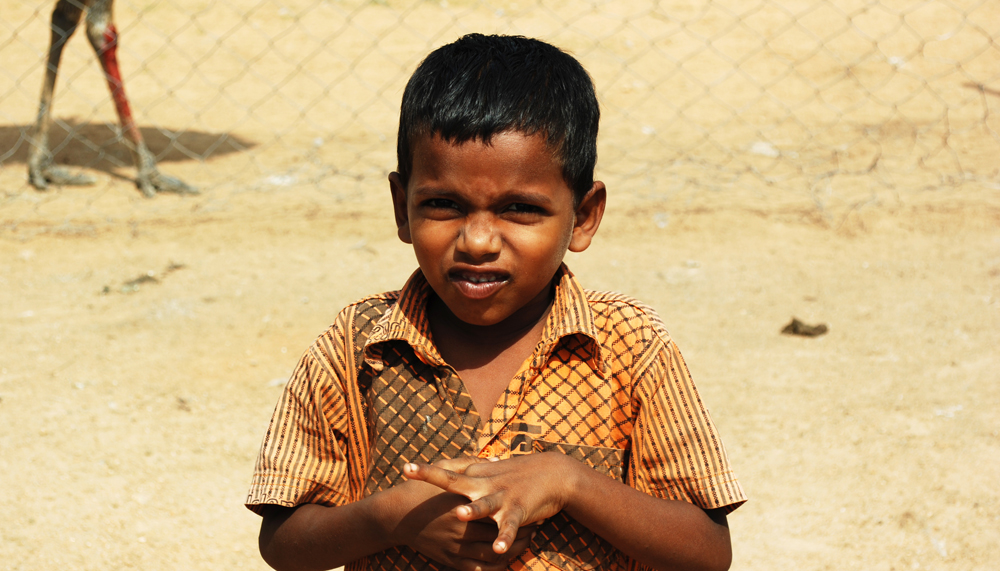The incidence of rickets in Sudanese patients is estimated to be 350 times greater than the national population, new research has found.
Refugee children in Australia, particularly those of African descent, are more likely to suffer from a debilitating bone disease caused by vitamin D deficiency, a new study shows.
Rickets caused by low vitamin D levels can lead to bone pain, fractures, and limb deformities requiring surgery in children, the lead author of the study, endocrinologist Craig Munns said.
Most vitamin D is absorbed through the skin after exposure to direct sunlight and it helps distribute calcium from food throughout the body.
The Australia-wide study, published this week in the Medical Journal of Australia, identified 398 children under 15 with vitamin D deficiency rickets.
Seventy-five per cent of those were refugee children, 63 per cent were born in Africa and almost half the parents of the children (47 per cent) were Sudanese.
The incidence of the condition for patients of Sudanese background is estimated to be 350 times greater than the national population, the study found.
While vitamin D deficiency rickets among refugee populations has been an increasing health concern in the past decade, the study is the first to assess the incidence of the disease in Australian children.
About 85 per cent of the children with rickets were dark-skinned, 13 per cent were categorised as intermediate and only two per cent were fair.
Many of the children - 251 - were from Victoria.
Those figures reflect the large numbers of humanitarian refugees from Sudan who settled in the state, and the climate, Associate Professor Munns said.
"There was a seasonal variation and the further south you go in Australia the less vitamin D you get from the sun, especially during winter," Munns told AAP.
He said mothers who were veiled for cultural and religious reasons, contributing to low vitamin D levels in pregnancy and therefore in their offspring, was another risk factor.
Vitamin D screening programs established through refugee health clinics about the same time as the study also contributed to high reporting rates, he said.
Munns, from the Children's Hospital at Westmead in Sydney, said the investigation was launched after the hospital's clinicians observed the problem in Middle Eastern refugees around 2004.
However, the immigration pattern changed when the study got under way from January 2006 until July 2007.
More Sudanese refugees had arrived as part of Australia's humanitarian intake.
"At the time we thought it (vitamin D deficiency rickets) was not going to be as common as we found it. We were quite taken aback," Munns said.
"We know that vitamin D deficiency rickets is a major health issue for children who have it. But we didn't know how big an issue it was within Australia.
He said the study was just the "tip of the iceberg" for the number of children with the condition because it was likely cases had been underreported.
Munns said children with vitamin D deficiency had also presented at the hospital with seizures, caused by low calcium levels brought about by low vitamin D.
Vitamin D is more easily absorbed through fairer skin, while dark skinned populations are more susceptible to the vitamin deficiency.
More than 20,000 Sudanese have arrived in Australia since 2001, with 36 per cent settling in Victoria, 24 per cent in NSW and 14 per cent in Queensland, according to a Department of Immigration report.
The research provided a base for further research to try and prevent rickets through public health campaigns, Munns said.
AAP
Do you have an idea for a story?Email [email protected]
 Aged Care Insite Australia's number one aged care news source
Aged Care Insite Australia's number one aged care news source

